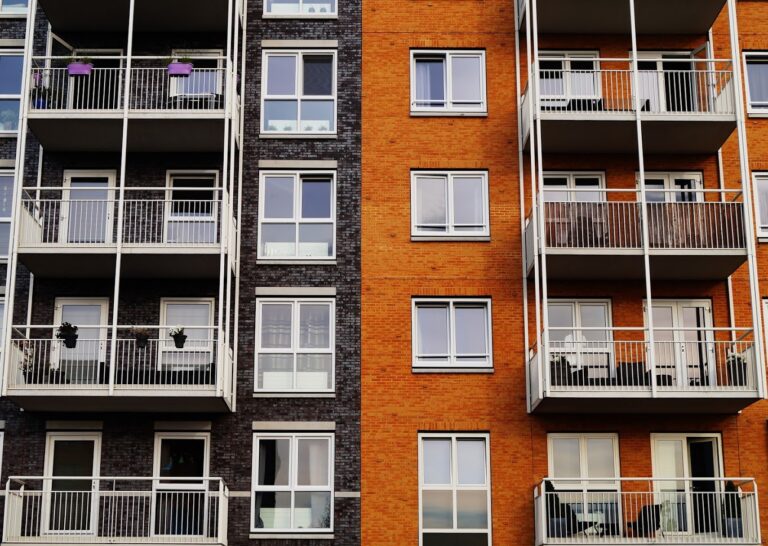Reserve Studies for HOAs: Understanding the Essentials, Importance, and Keys to Success!
Homeowners associations function best when they have a substantial reserve fund to rely on. This fund covers routine maintenance and unforeseen repairs, ensuring the proper upkeep of all assets. But how can you ensure everything is managed effectively?
The solution lies in conducting reserve studies for homeowners associations!
To effectively manage budgets and resources, it’s crucial to have a clear understanding of your association’s assets. While this may seem daunting, reserve studies for HOA management are absolutely necessary—and fortunately, there is ample support available.
What is a reserve study?
Reserve studies for HOAs, also known as condo reserve studies, involve analyzing the assets and reserve fund of a homeowners association. Typically conducted by HOA management companies, these studies entail both on-site inspections and evaluations of financial standing.
It’s important to note the distinction between the reserve fund and the operating fund. While the operating fund caters to regular expenses like fees, utilities, and insurance premiums, the reserve fund is specifically designated for major repairs or replacements.
Types of reserve studies
How to prepare for an HOA reserve study
FAQ's
Below are some commonly asked questions regarding reserve studies for HOAs:
Is an HOA Reserve Study Legally Required?
The necessity of reserve studies for HOAs varies depending on the state. It’s crucial to research your state’s specific laws to determine if they mandate reserve studies.
How Often Should I Conduct a Reserve Study?
The frequency of reserve studies is determined by individual state requirements. Some states, like California and Utah, mandate studies every 3 years, while others, such as Nevada, require them every 5 years. Regardless of state regulations, conducting reserve studies more frequently ensures your organization’s information remains up-to-date.
What is the Cost of an HOA Reserve Study?
The cost of reserve studies for HOAs varies based on the study’s comprehensiveness. For instance, a study without an on-site visit typically ranges from $250 to $500, whereas a full reserve study could cost up to $1800, depending on the management company hired. While it may be tempting to opt for the cheapest option, investing in an HOA management company ensures detailed and accurate results, ultimately benefiting the well-being of your organization and residents.
Gaining Insight Through Reserve Fund Studies
In essence, HOA reserve studies provide valuable insights into your community’s ability to uphold its quality standards. Given that repairs are unavoidable, understanding your resources enables effective preparation and fosters a content community.



